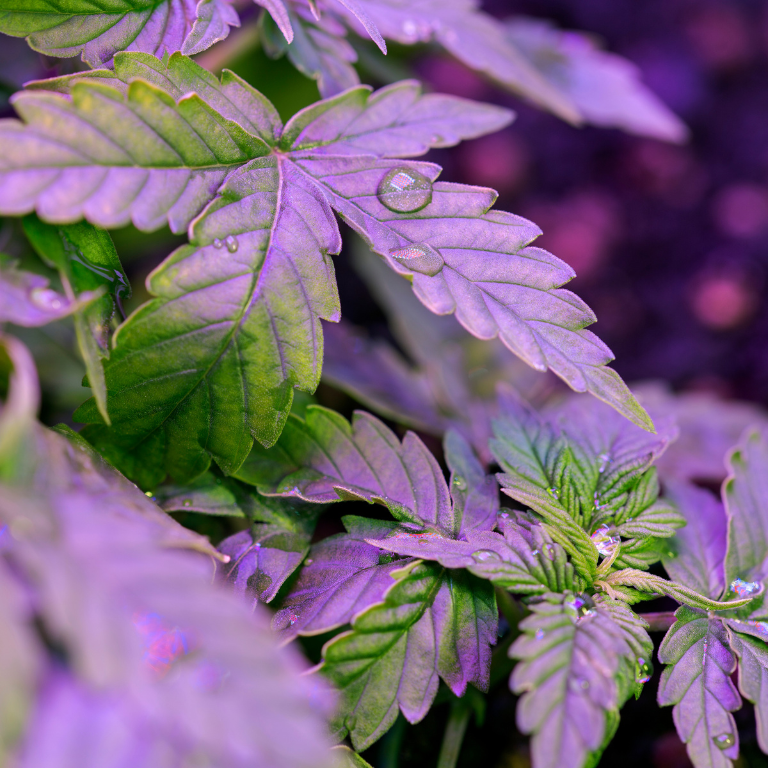Getting Ahead of Heat Stress in the Cannabis Workplace: Safeguarding Employee Health in High-Temperature Environments
As the cannabis industry continues to expand rapidly across cultivation, processing, and retail sectors, one pressing issue grows alongside it—heat stress among cannabis workers. Many cannabis workplaces, particularly greenhouses, grow rooms, outdoor farms, and processing facilities, operate in conditions where elevated temperatures are the norm. Without proper preventative measures, workers can face serious health risks, and businesses may suffer disruptions, liability, and lost productivity.
This article explores why cannabis workers are uniquely vulnerable to heat stress, outlines early warning signs and health impacts, and offers industry-specific strategies to proactively manage and mitigate heat-related risks.
Why Cannabis Work Environments Are Highly Susceptible to Dangerous Heat Conditions
Cannabis operations often involve hot and humid conditions, especially in indoor grow rooms and greenhouses. Here’s why these environments are especially risky:
- High Humidity in Controlled Grow Rooms: Maintaining ideal humidity for plant growth can increase the perceived heat burden on workers. Sweat evaporates slower in humid conditions, reducing the body’s natural cooling ability.
- Outdoor Cultivation During Peak Sun Hours: Many cultivation sites operate in regions with hot climates. Working long hours in direct sunlight, especially during summer, significantly increases exposure to heat-related illnesses.
- Enclosed Structures with Limited Ventilation: Greenhouses and processing buildings may trap heat, particularly if they lack proper exhaust or cooling systems.
- Physical Labor and PPE Use: Tasks like transplanting, trimming, or packaging involve repetitive motion, bending, and lifting. If personal protective equipment (PPE) is worn, it can hinder heat dissipation.
These factors combine to make heat stress a serious occupational hazard in the cannabis industry that demands proactive intervention.
Understanding Heat Stress: What It Is, How It Affects the Body, and Why It’s So Dangerous
Heat stress occurs when the body cannot cool itself sufficiently, leading to a range of health effects that, if left untreated, can escalate quickly. These include:
- Heat Rash: Often the first sign, manifesting as skin irritation.
- Heat Cramps: Painful muscle spasms caused by electrolyte imbalances.
- Heat Exhaustion: Symptoms include weakness, nausea, dizziness, and confusion.
- Heat Stroke: A medical emergency where body temperature exceeds 104°F, potentially causing permanent damage or death.
For cannabis workers—who may work in heat-prone areas for extended periods—recognizing and reacting to early symptoms can mean the difference between a manageable incident and a life-threatening emergency.
Key Warning Signs and Symptoms Every Cannabis Worker and Manager Should Be Trained to Recognize
Early detection is essential. All staff should be trained to identify and report signs of heat stress, which include:
- Headache, dizziness, or fainting
- Nausea or vomiting
- Red, hot, and dry skin (especially during heat stroke)
- Muscle cramps
- Confusion or slurred speech
- Rapid pulse and excessive sweating
Cannabis businesses should implement clear, quick-response protocols for workers experiencing these symptoms—such as removing them from the hot area, providing fluids, and calling medical personnel if needed.
Compliance Matters: OSHA Guidelines and State-Level Regulations for Heat Safety in the Workplace
While federal OSHA does not have a specific heat standard, employers are obligated under the General Duty Clause to provide a workplace free from recognized hazards, including excessive heat. Some states—like California, Washington, and Oregon—have specific heat illness prevention standards, which may apply to cannabis workplaces depending on location.
These standards often require:
- Access to fresh water and shade
- Acclimatization protocols for new or returning workers
- Emergency response procedures
- Training programs on heat illness prevention
Failing to comply with these regulations can result in significant penalties, inspections, and reputational damage.
Prevention is the Best Medicine: Environmental and Operational Controls That Reduce Heat Exposure
To get ahead of heat stress, cannabis companies must redesign their environments and procedures to reduce heat exposure:
Environmental Adjustments
- Install air conditioning or evaporative cooling systems in indoor facilities.
- Use automated climate control systems to regulate grow room conditions.
- Improve airflow with industrial fans and venting systems in enclosed spaces.
- Shade structures or UV-blocking screens for outdoor operations.
Operational Adjustments
- Stagger shifts to cooler hours (early morning or evening).
- Rotate workers through high-heat areas to prevent prolonged exposure.
- Enforce frequent water breaks and rest periods.
- Set maximum time limits for work under high temperatures.
Training and Culture: Building a Proactive Workforce That Takes Heat Stress Seriously
No heat safety program will be effective without a strong culture of awareness and accountability. Cannabis empoyers must ensure that:
- Supervisors and workers alike are trained to identify heat stress symptoms.
- Teams are encouraged to speak up without fear of reprisal when they feel overheated.
- There are heat stress emergency plans and drills in place.
- Workers are acclimatized gradually, especially during the first few days of hot weather or when returning after a break.
Peer-to-peer vigilance can play a major role in spotting trouble early. Empower workers to look out for one another, reinforcing a sense of shared responsibility for health and safety.
Technological Tools That Can Help Cannabis Businesses Monitor and Manage Heat Risk
Today’s cannabis workplaces can benefit from smart tools and wearable tech to mitigate risk:
- Thermal and humidity sensors integrated into cultivation environments.
- Wearable hydration and heat monitors to alert users to rising core temperature or dehydration.
- Cloud-based scheduling and alert systems that notify teams of extreme heat forecasts or unsafe working conditions.
- Mobile safety apps that enable real-time reporting of symptoms or unsafe heat exposures.
By leveraging technology, cannabis businesses can move beyond reactive measures and implement a data-informed, predictive safety model.
Getting Ahead of Heat Stress Is a Strategic Imperative for a Responsible Cannabis Industry
As the cannabis sector matures, so too must its approach to worker health and safety. Heat stress is not just a seasonal inconvenience—it is a persistent, serious risk that deserves active planning, smart engineering, and a strong safety culture.
Proactively addressing heat risks protects not just employees—but also productivity, compliance standing, and brand reputation. By recognizing vulnerabilities and implementing proven solutions, cannabis operators can create workplaces that are resilient, compliant, and human-centered—even when the temperature rises.













